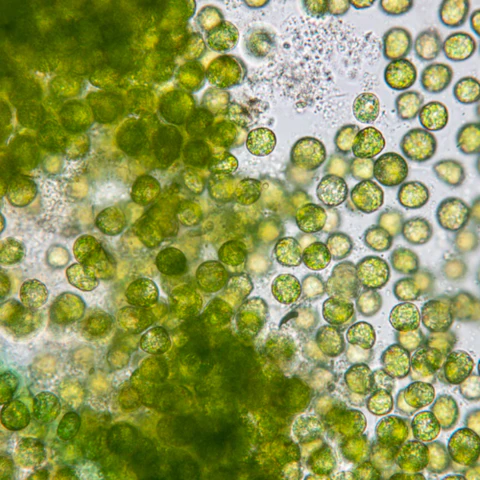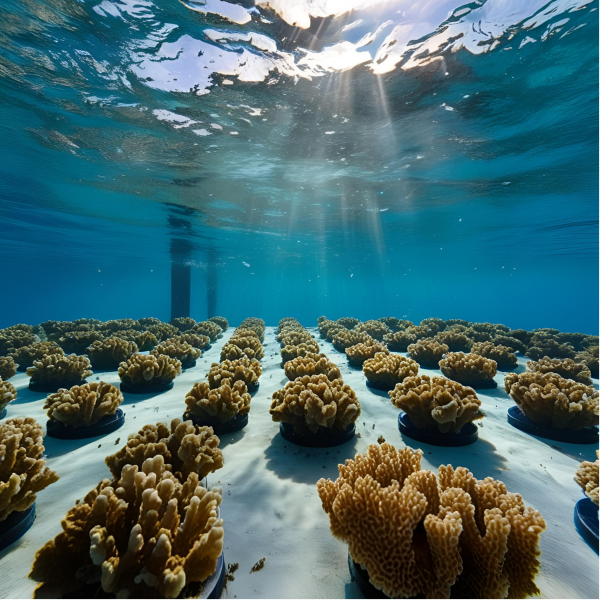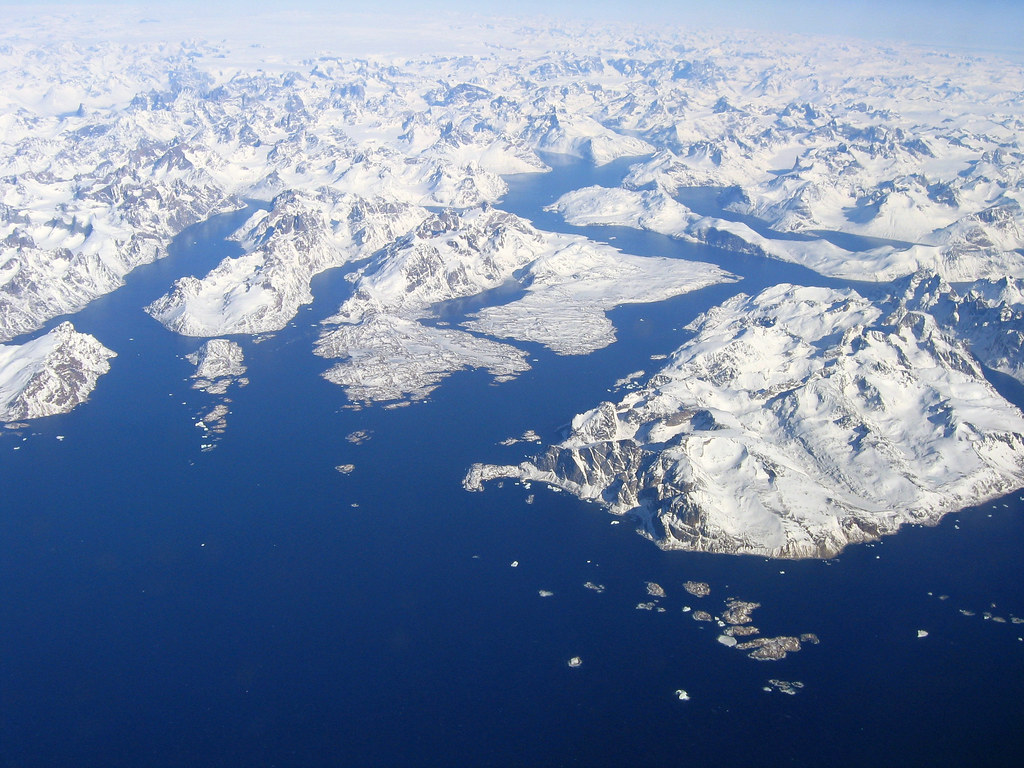Coral reefs are some of the most diverse ecosystems on the planet, supporting a vast array of sea life. These underwater structures provide shelter, food, and breeding grounds for species to thrive. However, coral reefs are threatened by bleaching due to warming ocean waters. Luckily, several organizations are working to restore and conserve these marine sanctuaries.
Benefits
Coral reefs provide many benefits for marine life and humans. According to the National Oceanic and Atmospheric Administration (NOAA), they support massive amounts of biodiversity, with 25% of all marine species relying on the reefs to survive. Coral reefs help to house and feed various organisms, promoting a healthy ocean environment.

In addition to coral being pivotal to ocean life, they also positively impact humans. Coral reefs promote tourism and food supply that coastal communities depend on. They also act as a natural barrier that protects coastlines from waves and storms that would otherwise cause property damage and erosion.
Bleaching
Unsurprisingly, the Earth is heating quickly, with last year being the hottest year on record. According to Climate.gov, the ocean absorbs about 90 percent of the excess heat trapped on Earth. Coral bleaching is a direct result of rising ocean temperatures.

Coral bleaching occurs when coral loses its color and turns white. The vibrant colors often associated with coral can be attributed to the small microscopic algae, called zooxanthellae, that live inside the coral’s tissue. The algae and coral have a symbiotic relationship, and they depend on each other.
When the environment surrounding coral gets warmer, the algae release toxic compounds that stress the coral, causing them to eject the algae and leave a ghost-like skeleton behind. Although the coral left by the algae is not dead, it is vulnerable to starvation and disease, leading to the demise of many corals and underwater ecosystems.

Bleaching has spread to over 85% of the ocean’s reefs and is not on a clear path to stopping. AP news states that the current event is the fourth and worst bleaching incident in history, hitting ⅔ of reefs. According to NOAA, “In 2016, heat stress encompassed 51 percent of coral reefs globally and was extremely severe—the first mass bleaching (85 percent bleached) of the northern and far-northern Great Barrier Reef killed 29 percent of the reef’s shallow water corals.”
Restoration/conservation
Although bleaching is affecting many reefs around the planet, various organizations, including KAUST Coral Restoration Initiative (KCRI), Coral Restoration Foundation (CRF), and the NOAA Coral Reef Conservation Program (CRCP), are doing everything they can to help restore these oceanic kingdoms.

The KAUST Coral Restoration Initiative is the biggest coral reef restoration program, whose goals are to enhance, restore, and preserve the Red Sea’s coral reefs through technology, scientific research, and strategic partnerships. One of KAUST’s restoration projects is Reefscape, which is estimated to be completed by 2040 to create a thriving ecosystem. They hope to accomplish this goal by restoring 100 hectares of reef and enhancing it utilizing natural and artificial structures. Additionally, they aim to have AI-powered reef health assessments, high-fidelity 3D modeling of coral structures, predictive analytics for reef resilience forecasting, and an automated drone-based coral health surveillance.
Coral Restoration Foundation is the largest non-profit reef restoration organization on the planet. They help restore coral by promoting genetic diversity, using technology, and educating the community. CRF brings a “holistic” approach to the reef restoration game by focusing on large-scale restoration. Their main focus is in Florida, where they invented “Coral Tree, ” the world’s largest coral nursery. Although they are based in the Florida Keys, they make their resources available to communities globally to help combat this coral crisis.
The Coral Reef Conservation Program’s main goal is to conserve already existing reefs by helping them recover and stay resilient to heat stress, disease, ocean acidification, and pollution. They also focus on stony coral tissue loss, a disease that spreads rapidly and has high mortality rates. This disease was first discovered in 2014, and by 2020, NOAA took action by slowing the spread, applying antibiotic ointment to affected coral, and conserving the unaffected reefs.
Coral reefs are not just beautiful underwater structures; they are the primary key to a healthy planet. Their importance extends far beyond marine life; they boost the economy, provide food for millions, and protect coastal communities from storms. Being educated on what is happening to our planet and recognizing our faults is the first of many steps to help battle this changing planet.
Cited Sources:
https://apnews.com/article/coral-reef-bleaching-climate-change-fdbeddf7ae3ccc9d7cf85d1c3267e581
https://www.noaa.gov/education/resource-collections/marine-life/coral-reef-ecosystems
https://www.fisheries.noaa.gov/national/habitat-conservation/restoring-coral-reefs
https://oceanservice.noaa.gov/education/tutorial_corals/coral01_intro.html
https://www.barrierreef.org/the-reef/threats/coral-bleaching
https://www.climate.gov/news-features/understanding-climate/climate-change-ocean-heat-content
https://climate.nasa.gov/vital-signs/ocean-warming/?intent=121














